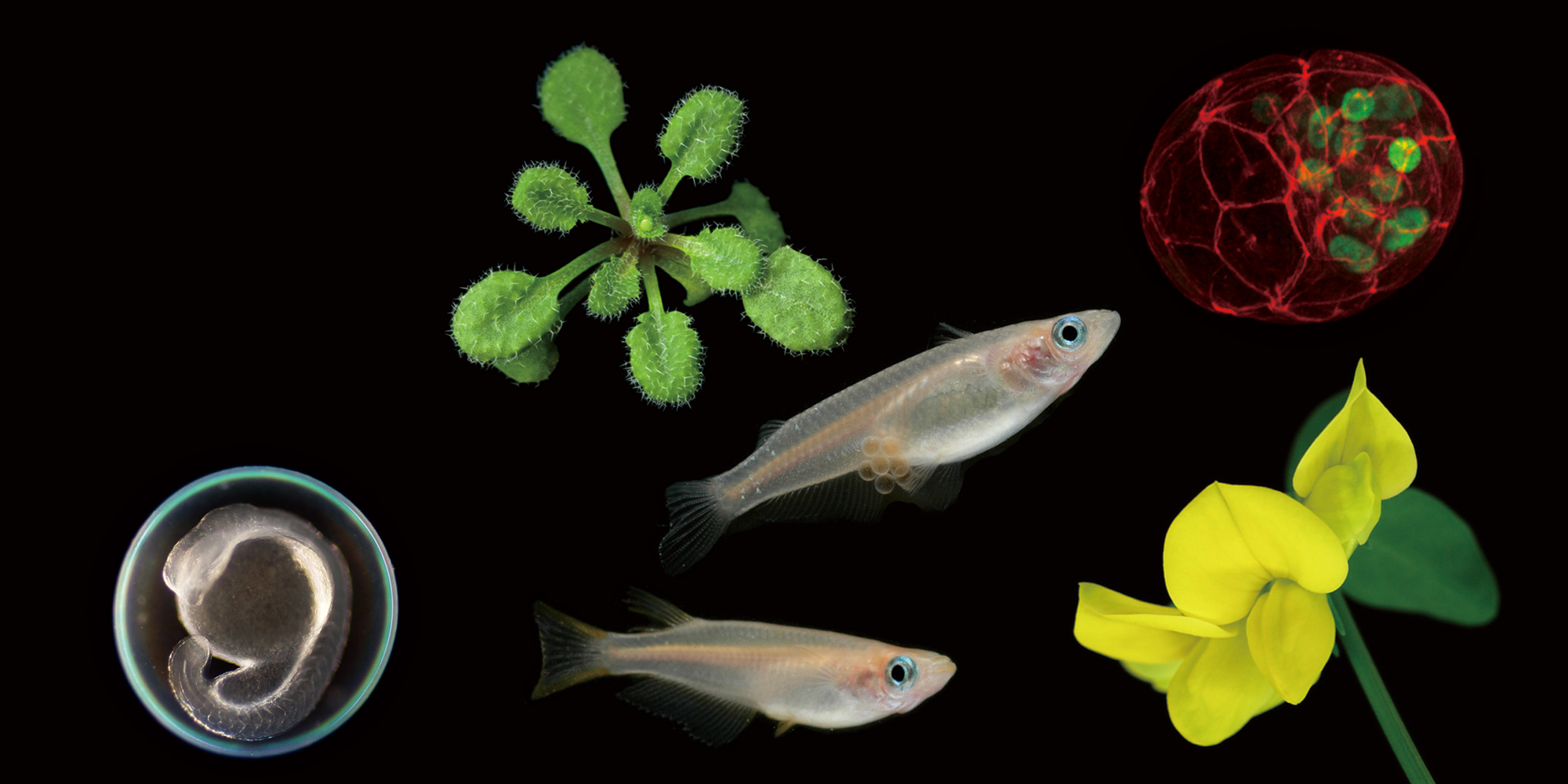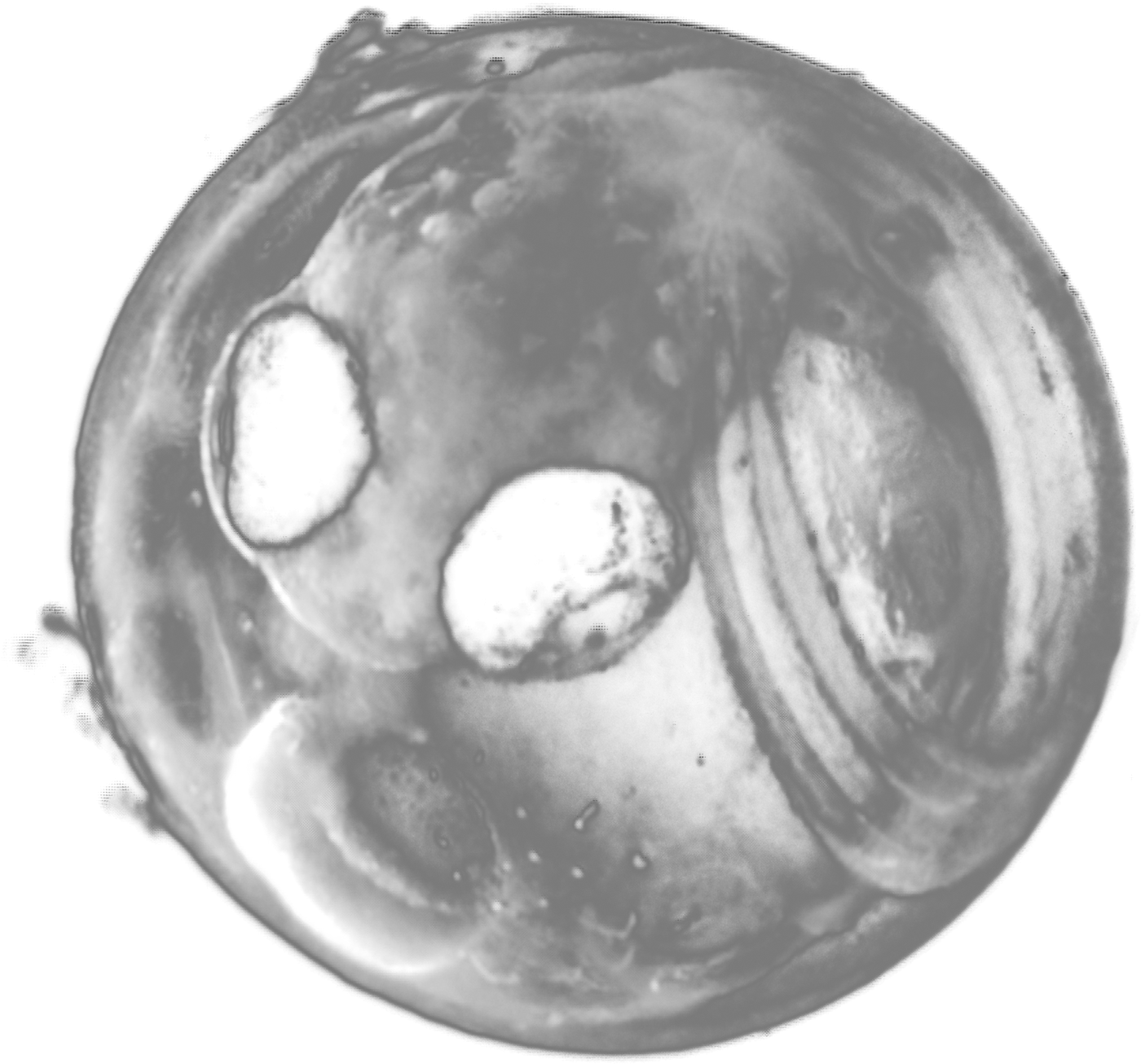2016.11.17
How DNA entanglements between sister chromatids influence chromosome integrity
Dr. Kok-Lung Chris Chan (Chromosome Dynamics & Stability Group, Principal Investigator) DNA Damage and Stability Centre, University of Sussex
2016. 11. 17 (Thu) 16:00 ~ 17:00
Conf. Room, Myodaiji (111)
Laboratory of Stem Cell Biology, Tomomi Tsubouchi (7693) (ttsubo@nibb.ac.jp)
Whole genome duplication followed by faithful chromosome segregation is crucial for accurate transmission of genetic material to offspring cells. Defects in these processes can severely compromise genome integrity and lead to genetic disorders and diseases like cancers. It was thought that sister arm chromatids are well separated prior to the onset of chromosome disjunction. However, emerging data from our group and others demonstrated that sister chromatids are indeed persistently intertwined by different DNA structures even in late mitosis, and exhibit as so-called ultra-fine DNA bridges (UFBs) in anaphase. Under replication stress, sister-chromatid bridges can be also induced specifically at common fragile sites (CFSs), where are genomic regions difficult to replicate and are hot spots of genome rearrangements in tumour cells. The DNA intertwining structure is thought to be due to failure of replication completion. Recently, we found that by depleting a protein p53-binding protein 1 (53BP1), which involves in non-homologous end joining (NHEJ) and homologous recombination (HR), induced a new class of sister-chromatid bridges, but their resolution, surprisingly, leads to chromosome arm deletions and translocations. Our study showed a new pathway on how sister-chromatid bridging may cause chromosome instability and gross genome rearrangements, which provide new insight about the evolution of cancer genome.







